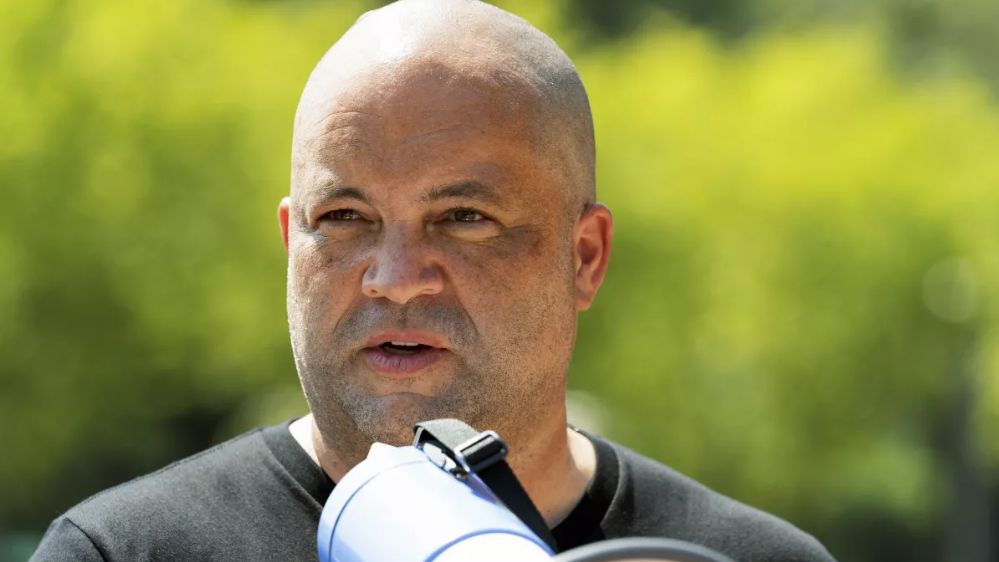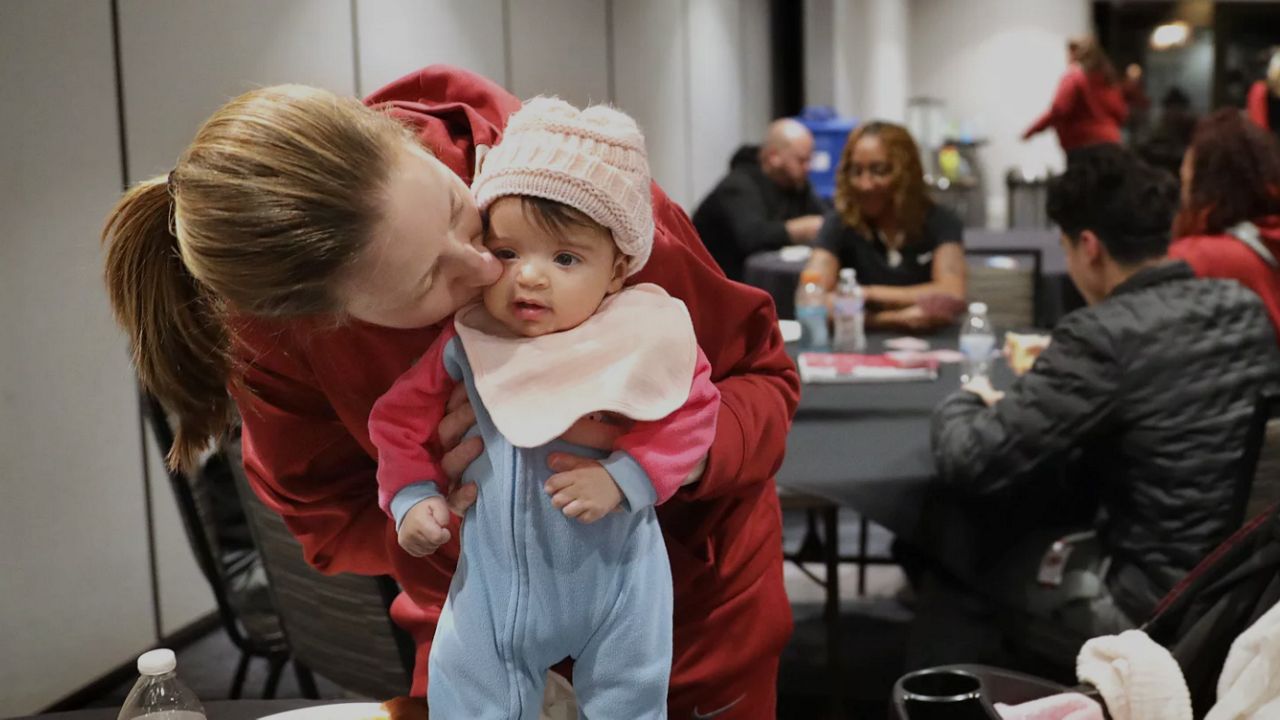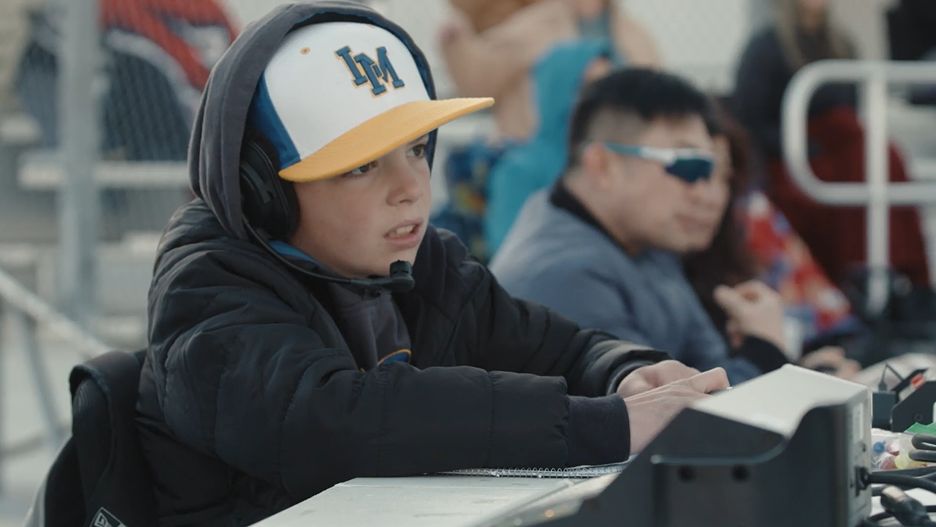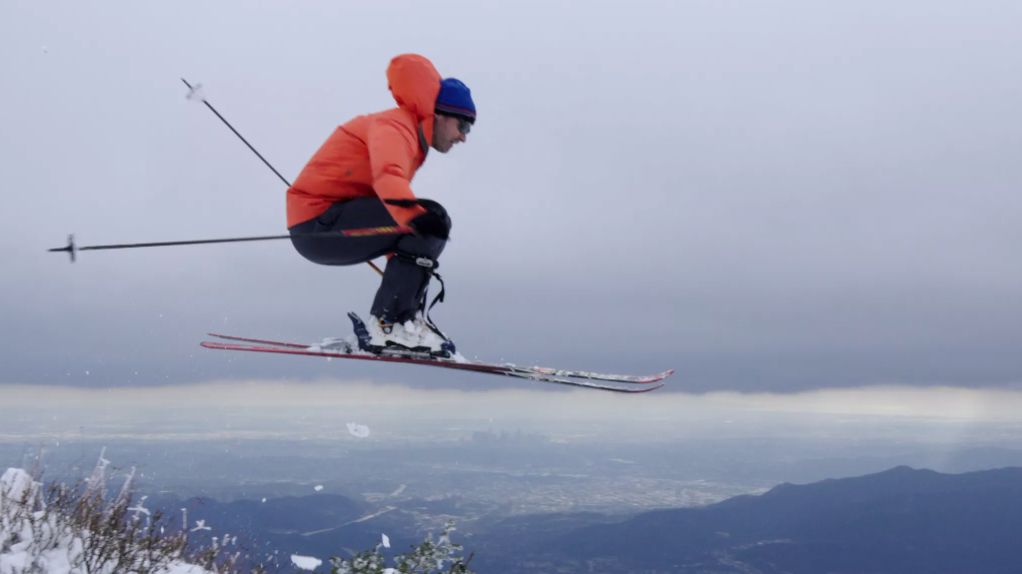For some, the city of Pasadena evokes memories of exciting games at the Rose Bowl or the calming atmosphere at the Huntington Library. However, for residents in northwest Pasadena, the city’s streets are reminders of lives cut short due to gun violence.
In an interview for “LA Times Today,” metro reporter Nathan Solis told host Lisa McRee about a community left to cope with tragedies that seem unrelenting.
Northwest Pasadena is about a mile north of the Colorado Boulevard corridor, not far from the Rose Bowl. The neighborhood is mostly made up of working-class families of color. The area has been plagued by random gun violence.
“Every time I would ask residents in the area, they could tell me a little bit about their loved one that was shot. One was Iran Moreno, a 13-year-old boy who was playing video games in his bedroom. He was shot by someone that was firing a gun from the street. Ernesto Jimenez was shot in two different drive-bys outside his home. He was a mentally handicapped man who would carry a little Bluetooth speaker on his hip. People in the neighborhood knew him as the friendliest person. He was shot 21 times down the block from his home. His mother held a vigil outside. During the vigil, two of the men that knew him were congregating there. They were essentially his best friends, Cristiano and Aaron. And then a day after Ernesto was buried, they were shot and killed at the park. It’s just one after another,” Solis said.
The government has responded to the violence, but residents want more to be done.
“The official response is that there’s an increase in crime because there’s a lack of after-school programs. The mayor’s office says that they want to see an increase in police patrols. But in the past, there have been shootings one after another and there have been an increase in police patrols and the shootings continue. So, the city is essentially pointing to a rise in crime being for the lack of these after-school programs. But that’s not something that residents really buy. They don’t see that as being the reason why these shootings continue to happen,” Solis said.
The City of Pasadena wants to invest in technology that will help police find and apprehend the shooters.
“There is a ShotSpotter technology which the city recently agreed to. It’s a series of microphones around the city that lets the police know when a gun is fired, which decreases the time between when a gun is fired and when it is reported to police. They’re also investing in license plate readers and other technology like that,” Solis explained.
Some residents say this ShotSpotter technology will not prevent any violence since the bullets have already left the chamber when it’s reported. Regarding extra patrols, they say they worry about racial profiling. Solis spoke with mothers and other community members about what they want to see happen.
“Ernesto’s mother, Maria Jimenez, is asking for help from the police. She wants to get in touch with a grief counselor. Her family tells me that the grief counselor, who speaks Spanish, hasn’t gotten back to her, a year after her son was killed. [Shooting victim] Jamal Patterson’s mother says that she’d like to have some type of avenue where the city can assist her to pay for not only her son’s general expenses but also to help his children. Advocates in the community say that the city could really use a liaison to go back and forth between the victims of crimes in the city to help them find funding because there’s really no guidebook after your loved one is killed,” Solis explained.
Watch “LA Times Today” at 7 and 10 p.m. Monday through Friday on Spectrum News 1 and the Spectrum News app.











